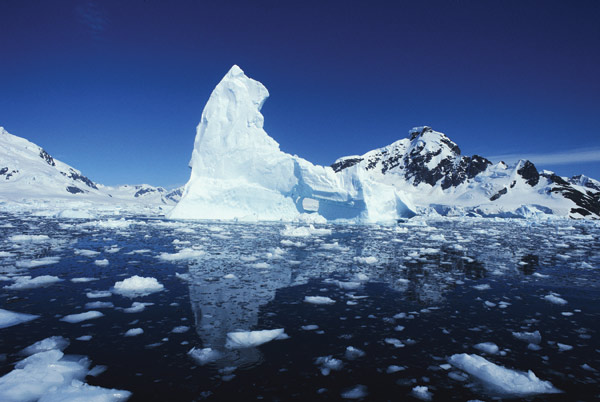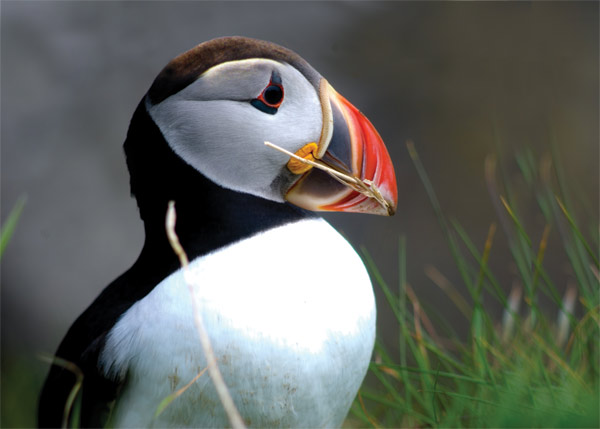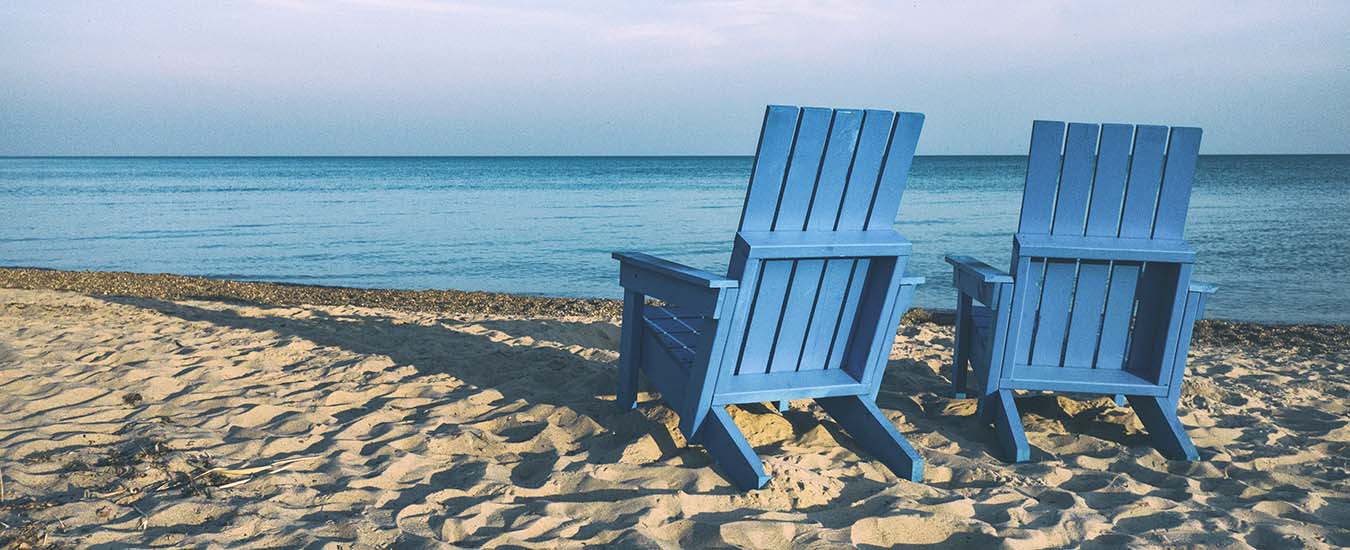There is something almost mythical about the idea of seeing an iceberg while standing on dry land, but it is a common occurrence on the shores of Newfoundland's iceberg alley. Icebergs are actually broken chunks of the Greenland ice shield that are propelled south and east by the Labrador current all the way to the Gulf Stream, where they slowly expire in that warm mix of tropical water.
Spot Icebergs

There is something almost mythical about the idea of seeing an iceberg while standing on dry land, but it is a common occurrence on the shores of Newfoundland's iceberg alley.
Icebergs are actually broken chunks of the Greenland ice shield that are propelled south and east by the Labrador current all the way to the Gulf Stream, where they slowly expire in that warm mix of tropical water. Along the way, icebergs are easily seen from land all along Newfoundland's northern coast, from the Strait of Belle Isle right past the capital city of St. John's. The best time of year is May and June and logging on to IcebergFinder.com will show you exactly where to find them.
Experience Waterfalls
In Nova Scotia, the Cape Breton highlands offer many opportunities to see spectacular waterfalls including North River Falls, the highest in the province. It is hard to get to, but worth the 18 km return trip. Easier to reach are Mary Ann and Beulach Ban falls, both within Cape Breton Highlands National Park.
In New Brunswick the Grand Falls on the Saint John River are by far the largest in the Maritimes.
Gros Morne National Park in western Newfoundland has several easy-to-moderate trails leading to significant waterfalls.
Find Sea Birds

Everybody likes puffins. These irrepressibly cute little birds can be seen throughout Atlantic Canada, but only at a few breeding spots. Newfoundland's Witless Bay, just south of St. John's has North America's largest puffin colony. Remote Funk Island was once home to the extinct great auk and is still home to millions of other birds. In Nova Scotia, a trip to the Bird Islands off Cape Breton will yield puffins, guillemots, razorbills, murres and other breeding sea birds. Bonaventure Island just off the Gaspé coast has the world's largest colony of Northern Gannets which can be approached to within a few feet during the summer breeding season.
Encounter Moose
Newfoundland hosts an estimated 120,000 moose and odds are pretty good that you will see one if you hike some of the many trails of Gros Morne National Park. If that doesn't work, see them at Salmonier Nature Park in Holyrood where the moose are raised in captivity. In Nova Scotia, hike the Skyline or Franey Mountain trails in Cape Breton Highlands National Park for just about a guaranteed sighting. In New Brunswick and Maine moose are so common that fences have to be built to keep them off the highways. Early morning and evening are best. Be careful driving.
See Salmon Leaping
Atlantic Canada has many rivers world famous for Atlantic salmon and people come from all over the world for a chance to catch them-but it's just as much fun to simply watch them leap. In New Brunswick, the Restigouche and Miramichi are legendary. A canoe trip down the portion of the Restigouche that is a National Heritage River will certainly be rewarded with salmon sightings, as will a trip on the Margaree in Nova Scotia, which is also a National Heritage River.
Newfoundland's Big Falls on the Humber River, however, offers far and away the most spectacular sight of salmon leaping a 12-foot falls in late June through early August.
Catch Giant Tuna
The bluefin tuna is the world's largest and the biggest of the big are found in the waters of Atlantic Canada, often weighing 800 pounds or more. While catching one is not easy, the odds are best at several locations along the Gulf of St. Lawrence including North Lake, Prince Edward Island, which calls itself the tuna capital of the world. Also a good spot is St. George's Bay off Nova Scotia, which has yielded the world record at 1,495 pounds.
Watch Whales
On the Bay of Fundy or on the Gulf of Maine, in addition to the smaller minke, humpbacks and the rare North Atlantic right whale, you may see two of the world's largest animals, the blue whale and the fin whale, weighing on average over 73 tons. Just imagine the spectacle of these magnificent creatures breaching close to your boat. There is no shortage of reputable operators on the Bay of Fundy and Gulf of Maine, open from May to October. Digby Neck, Westport and Brier Island in Nova Scotia, St. Andrew's, Deer Island and Grand Manan Island in New Brunswick and Bar Harbor, Maine, are home to the majority of the tour operators. While the Bay of Fundy and the Gulf of Maine may be the best spots to whale watch they are by no means the only good spots. Tours from the west coast of Cape Breton Island (Pleasant Bay, Bay St. Lawrence, Ingonish, and Cheticamp), St. John's, Newfoundland and the Gaspé Baie region of Quebec also present excellent whale watching opportunities.
Discover Fossils
First visit the newly opened museum and then take a guided tour of Joggins Beach. Although you can't keep them without a permit, there is a good chance of petrified tree roots, ferns, amphibian fossils, trilobites, footprints and track ways and if you are really lucky, early reptile fossils. Another great site is Miguasha Park in the Gaspé region of Quebec which is the world's best site for Devonian era fossils, primarily fishes.
Tour a distillery
Most people think that you need to be in Scotland to see whisky being made-not so, the Glenora Distillery on Cape Breton Island is the only maker of single malt whisky in North America. Designed in appearance to resemble traditional Scottish distilleries, Glenora produces 250,000 litres a year of liquid gold, including the much praised, Glen Breton Rare. Tours are offered as are food and lodging, in a traditional and intimate setting in the highlands of Nova Scotia.
